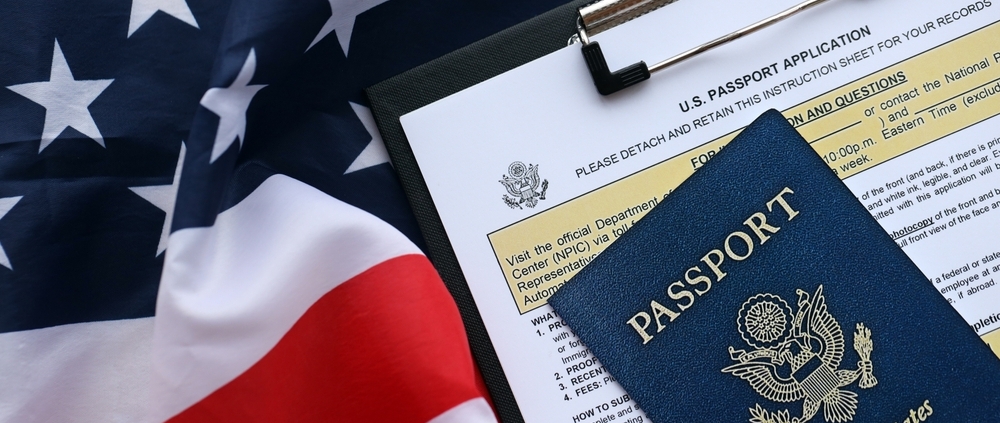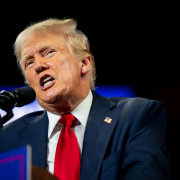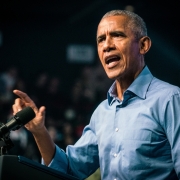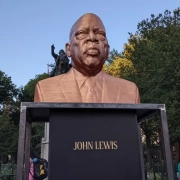The Safeguard American Voter Eligibility (SAVE) Act
By Chris Tobias
The Safeguard American Voter Eligibility (SAVE) Act, championed by President Donald Trump and congressional Republicans, has ignited a contentious debate over its potential impact on the American electoral system. While proponents argue that the legislation aims to bolster election integrity, critics contend that it poses significant threats to voter accessibility and could disenfranchise millions of eligible voters.
Overview of the SAVE Act
Introduced in the House of Representatives, the SAVE Act mandates that individuals provide documentary proof of U.S. citizenship when registering to vote in federal elections. Acceptable documents include passports or birth certificates, while driver’s licenses and other forms of identification are deemed insufficient. The bill also requires in-person submission of these documents, effectively eliminating online and mail-in voter registration options. Additionally, it empowers federal agencies to withhold funding from states that fail to comply with its provisions.
Arguments in Favor
Supporters of the SAVE Act assert that it is a necessary measure to safeguard the electoral process from potential fraud. They argue that requiring proof of citizenship ensures that only eligible individuals participate in elections, thereby upholding the integrity of democratic outcomes. Proponents also contend that the legislation brings the United States in line with other nations that have stringent voter identification requirements.
Critiques and Concerns
Opponents of the SAVE Act raise several concerns regarding its potential consequences:
- Disenfranchisement of Eligible Voters: A significant portion of the U.S. population lacks immediate access to the required documents. Studies estimate that approximately 21 million U.S. citizens do not possess ready access to documentary proof of citizenship. The in-person submission mandate further complicates the registration process, particularly for individuals with mobility challenges or those residing in remote areas.
- Disproportionate Impact on Marginalized Communities: The legislation is expected to disproportionately affect communities of color, low-income individuals, and married women who have changed their names. For instance, many married women may have identification documents that do not match their current legal names, posing additional hurdles.
- Elimination of Established Registration Methods: By necessitating in-person submission of citizenship documents, the SAVE Act effectively dismantles online and mail-in voter registration systems utilized by numerous states. This shift could overwhelm public offices and impede voter registration drives, which have historically played a crucial role in facilitating voter participation.
- Lack of Evidence for Widespread Noncitizen Voting: Critics argue that the legislation addresses a virtually nonexistent problem. Research indicates that instances of noncitizen voting are exceedingly rare, suggesting that the SAVE Act’s stringent measures may be unnecessary and punitive.
Legal and Administrative Challenges
The implementation of the SAVE Act poses significant legal and administrative challenges:
- Federal-State Dynamics: Elections in the U.S. are predominantly administered at the state level. The federal imposition of voter registration requirements may lead to conflicts over states’ rights and the extent of federal authority in electoral matters.
- Resource Constraints: State election officials have expressed concerns about the logistical and financial burdens associated with enforcing the SAVE Act’s provisions. The absence of federal funding to support these mandates exacerbates these challenges, potentially straining already limited state resources.
- Potential for Increased Litigation: The stringent requirements and potential for disenfranchisement may lead to a surge in legal challenges, further complicating the electoral process and diverting resources from other critical areas.
Broader Implications for Democratic Participation
The SAVE Act represents one of the most significant proposed rollbacks of federal voting rights since the Reconstruction era. Its enactment could set a precedent for additional restrictive measures, potentially undermining decades of progress toward inclusive democratic participation. The legislation’s emphasis on stringent voter verification aligns with broader narratives that question the legitimacy of certain voter groups, echoing historical tactics used to suppress voter turnout among marginalized populations.
Conclusion
While the stated intent of the SAVE Act is to enhance the integrity of American elections, its potential to disenfranchise millions of eligible voters cannot be overlooked. The challenges it poses to voter accessibility, administrative feasibility, and the fundamental principles of democratic participation warrant thorough scrutiny. As the nation grapples with issues of electoral integrity and inclusivity, it is imperative that any legislative measures balance the need for security with the foundational right of every eligible citizen to participate in the democratic process.












Leave a Reply
Want to join the discussion?Feel free to contribute!